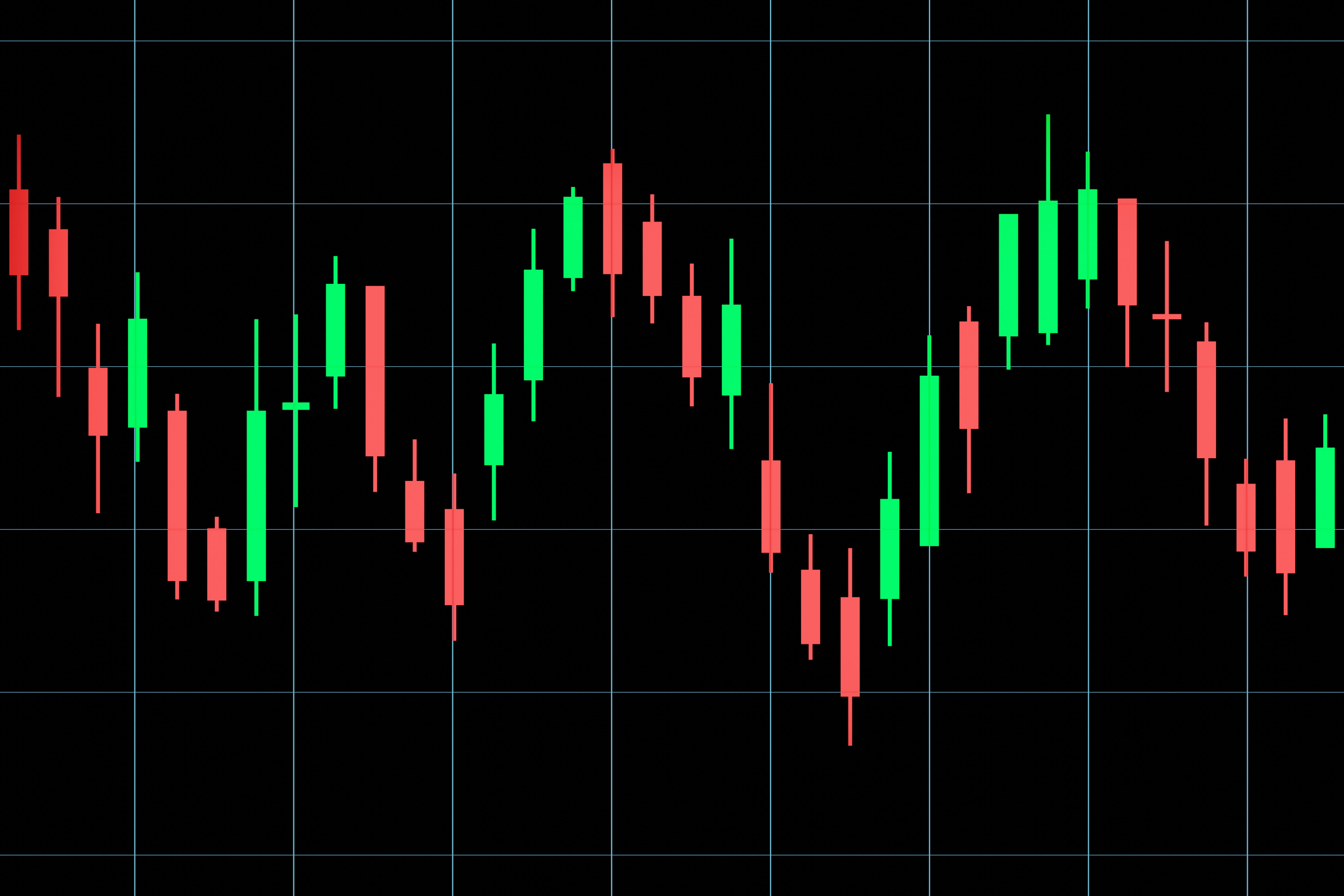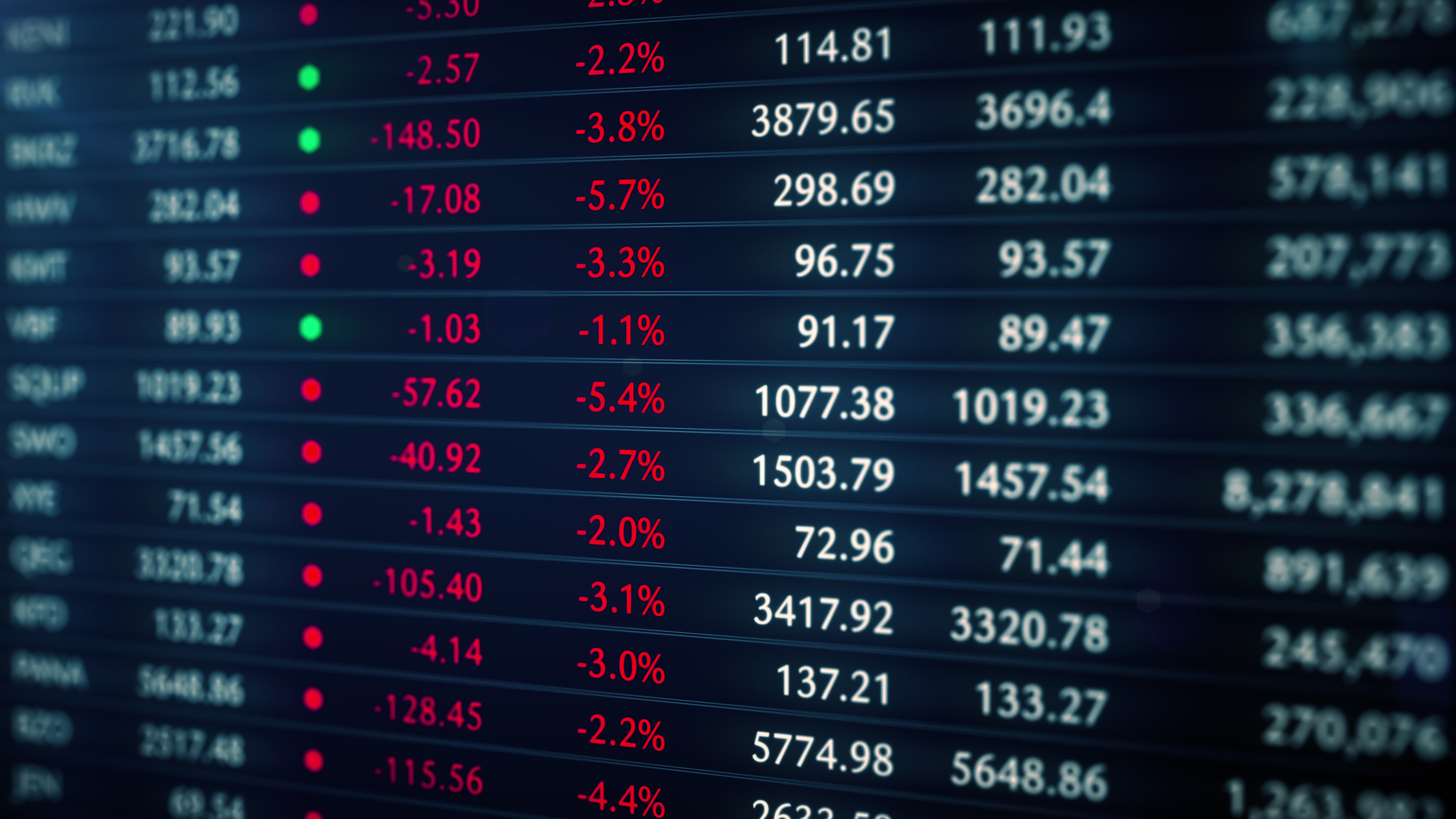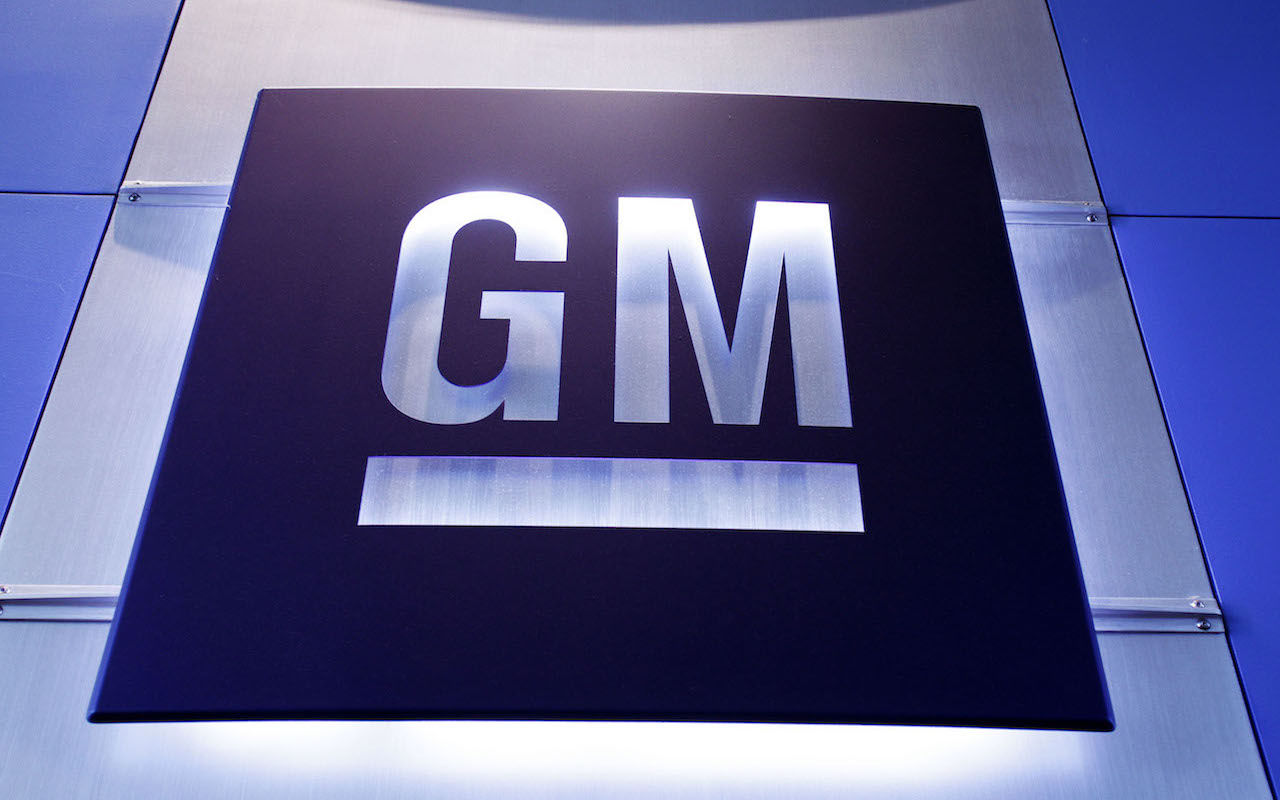For Value, GM Beats Tesla by a Mile
Tesla gets all the attention, but with actual profits, GM can afford to finance innovation.

I bought stock in General Motors (symbol GM, $42) roughly two years ago for the simplest of reasons: It was too much of a bargain to pass up. At less than $29 per share, the giant carmaker was selling for just 5.5 times earnings, plus it was paying a dividend that produced a 5% yield on my investment.
I understood why GM was so inexpensive. Wall Street was busy ogling flashy electric car manufacturer Tesla (TSLA, $315) and didn’t have time for stodgy old-school brands, such as Cadillac, Buick and Chevrolet. I didn’t agree.
I admire Tesla’s automobiles, ambition and commitment to clean energy. But investors seem to expect miracles from a company that is still in its infancy. I also think investors were wrong to write off GM, as if this experienced automaker were more hampered than helped by its history, which includes both massive missteps and major accomplishments.

Sign up for Kiplinger’s Free E-Newsletters
Profit and prosper with the best of expert advice on investing, taxes, retirement, personal finance and more - straight to your e-mail.
Profit and prosper with the best of expert advice - straight to your e-mail.
Compare the numbers. Since I bought the shares, investors have grown more optimistic about GM, pushing the stock up some 47%. But the disparate valuation of the two companies makes me think that Wall Street remains giddy about Tesla’s prospects and dismissive of GM’s. I continue to disagree. Let’s start with the numbers to see why.
GM sold an estimated 3 million cars in 2017—about 30 times more than the 100,000 cars Tesla hoped to deliver. During the first nine months of 2017, GM posted a profit of nearly $1.3 billion, even after a $5.4 billion write-off related to the sale of its money-losing European subsidiary; Tesla posted a nearly $1.3 billion loss. Yet GM’s market capitalization, at $59.6 billion (share price times shares outstanding), is just 13% greater than Tesla’s $53.0 billion. And Tesla pays no dividend.
To be fair, there are plenty of reasons to be impressed with Tesla and skeptical of GM. Indeed, Tesla was formed partly in response to GM’s lamebrain decision to get rid of its all-electric car, the EV1, in 2003. Meanwhile, with great fanfare and a lot of investor money, Tesla produced its first vehicle five years later, in 2008. The Palo Alto, Calif., automaker has since produced three new vehicles—the Model S, the Model X and the Model 3. If you lined up the buyers on Tesla’s waiting list, the line would stretch for miles. Upcoming projects include a new roadster, a delivery truck and low-profile solar panels for homes.
Yet Tesla burns through cash faster than its roadster goes from 0 to 60. For its lofty stock price to make sense, it needs to produce millions of cars profitably. I believe that will happen someday, but I’m guessing it will take years and involve plenty of stumbles.
GM knows all about stumbles. Bankruptcy, bailouts and safety scandals turned GM’s CEO suite into a revolving door between 2009 and 2013, when Mary Barra, a GM engineer, was named CEO. After recalling 36 million cars and spending $4.1 billion to fix safety issues in her first year, Barra moved to revive innovation. GM introduced a mid-market all-electric car with a 200-mile range nearly a year before Tesla debuted its Model 3. Sales of the Chevy Bolt, GM’s plug-in electric vehicle, recently surpassed sales of the Tesla Model S.
GM plans to introduce two more electric vehicles in the next two years and another 18 by 2023. Like Tesla, it’s figuring out new ways to power heavy vehicles. GM’s Silent Utility Rover Universal Superstructure—a vehicle that combines fuel cells and a truck chassis—was on display at an October military conference. And GM is testing a self-driving car.
Investors seem to love the fact that Tesla is a technology company that makes cars. Eventually, I think they’ll notice that GM is, too. Better yet, GM can use actual profits to finance innovation. Were I a speculator, I might be tempted to jump on the Tesla bandwagon. As a long-term investor who believes that value will always trump flash in the end, I may buy more GM shares while they are still cheap.
Kathy Kristof is a contributing editor and author of the book Investing 101. You can see her portfolio at kiplinger.com/links/practicalportfolio.
Get Kiplinger Today newsletter — free
Profit and prosper with the best of Kiplinger's advice on investing, taxes, retirement, personal finance and much more. Delivered daily. Enter your email in the box and click Sign Me Up.

-
 Married? Five Ways to Ensure Your Estate Plans Work in Tandem
Married? Five Ways to Ensure Your Estate Plans Work in TandemGetting on the same page now means fewer potential problems when it counts.
By Kiplinger Advisor Collective
-
 12 Investments No Retiree Should Make
12 Investments No Retiree Should MakeIn retirement, when it's wise to take fewer risks with your nest egg, some investments are just nuts.
By David Rodeck
-
 Stock Market Today: Tariff Talks Drive Another Up-and-Down Day
Stock Market Today: Tariff Talks Drive Another Up-and-Down DayTrade war negotiations are happening, but the "fear gauge" is gyrating, and investors, traders and speculators are still searching for signs of a bottom.
By David Dittman
-
 Stock Market Today: It's Going to Stay Choppy for Stocks
Stock Market Today: It's Going to Stay Choppy for StocksAuto-focus can show us a lot about uncertainty on the ground and in the stock market.
By David Dittman
-
 Stock Market Today: Auto Tariffs Send Stocks Lower
Stock Market Today: Auto Tariffs Send Stocks LowerThe main indexes snapped their win streaks after the White House confirmed President Trump will talk about auto tariffs after the close.
By Karee Venema
-
 Stock Market Today: Stocks Skid Into Another Risk-Off Turn
Stock Market Today: Stocks Skid Into Another Risk-Off TurnThe promise of the AI revolution can't overcome flickering hopes for a "Fed put."
By David Dittman
-
 Stock Market Today: Dow Adds 485 Points After Trump's Tariff Delay
Stock Market Today: Dow Adds 485 Points After Trump's Tariff DelayThe White House said it will postpone tariffs on automotive imports from Canada and Mexico for one month.
By Karee Venema
-
 Stock Market Today: Stocks Struggle After Trump's EU Tariff Threats
Stock Market Today: Stocks Struggle After Trump's EU Tariff ThreatsStocks pared early gains after Trump threatened the European Union with 25% tariffs.
By Karee Venema
-
 GM Stock Rallies on Dividend Increase, Buyback Plan
GM Stock Rallies on Dividend Increase, Buyback PlanGeneral Motors stock is higher Wednesday after the car maker announced a dividend increase and a new share repurchase program. Here's what you need to know.
By Joey Solitro
-
 Stock Market Today: Stocks Trim Losses After Trump Tariffs
Stock Market Today: Stocks Trim Losses After Trump TariffsStocks slumped at the start of Monday's session after the Trump administration's weekend tariff announcement.
By Karee Venema